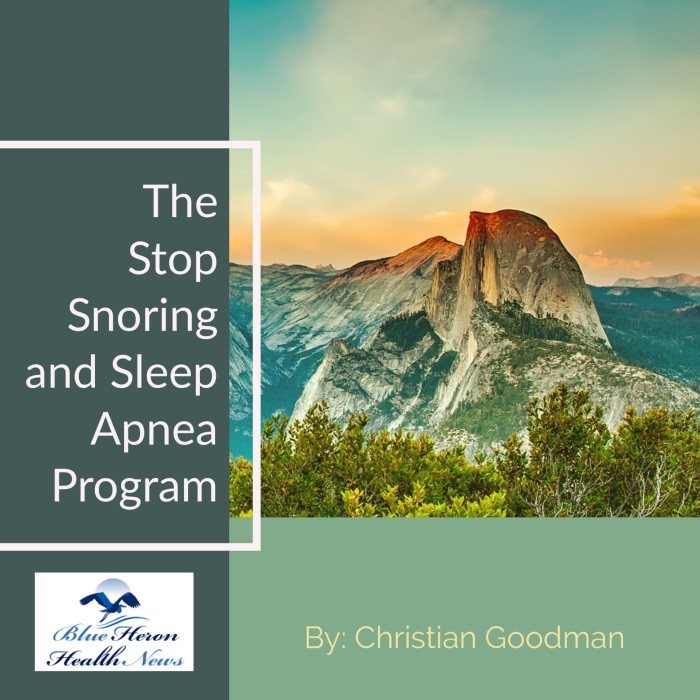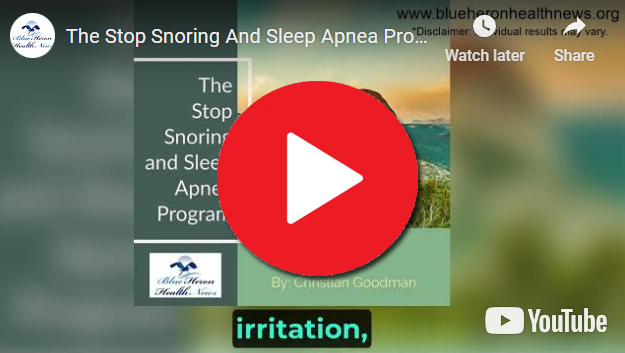
The Stop Snoring And Sleep Apnea Program™ a well-researched program created to help stop snoring and sleep apnea so that you can have a good night sleep. The techniques that you will learn from this program works immediately. It will only take you 3-7 minutes to perform these simple exercises that the author has recommended but the results that you will get will help you have a good night sleep as soon as tonight. Within a week, snoring will be a thing of the past.
What are the risk factors for sleep apnea?
Sleep apnea, particularly obstructive sleep apnea (OSA), is influenced by various risk factors. Understanding these factors can help identify individuals at higher risk and promote early diagnosis and intervention. Here are the key risk factors for sleep apnea:
1. Obesity
- Excess Body Weight: One of the most significant risk factors for OSA is obesity. Fat deposits around the upper airway can obstruct breathing.
- Central Obesity: Fat accumulation around the abdomen and chest can reduce lung volume and increase the risk of airway collapse during sleep.
2. Neck Circumference
- Large Neck Size: A neck circumference greater than 17 inches in men and 16 inches in women is associated with an increased risk of OSA. A larger neck has more soft tissue that can block the airway during sleep.
3. Age
- Advancing Age: While OSA can occur at any age, it is more common in older adults. The risk increases as muscles, including those in the throat, lose tone with age.
4. Gender
- Male Gender: Men are more likely to develop OSA than premenopausal women. After menopause, the risk for women increases and becomes comparable to men.
5. Family History
- Genetic Predisposition: A family history of sleep apnea suggests a genetic predisposition to the anatomical and physiological traits that contribute to OSA, such as inherited facial structure, body fat distribution, and muscle tone.
6. Use of Alcohol, Sedatives, or Tranquilizers
- Muscle Relaxation: Alcohol and sedative medications relax the muscles in the throat, increasing the likelihood of airway obstruction during sleep.
7. Smoking
- Inflammation and Fluid Retention: Smoking can cause inflammation and fluid retention in the upper airway, narrowing the airway and increasing the risk of OSA.
8. Nasal Congestion
- Chronic Nasal Congestion: Whether due to allergies, sinus problems, or anatomical issues like a deviated septum, chronic nasal congestion can cause difficulty breathing through the nose and contribute to OSA.
9. Medical Conditions
A. Hypertension:
- High Blood Pressure: There is a strong association between OSA and hypertension. Each condition can exacerbate the other.
B. Diabetes:
- Type 2 Diabetes: People with type 2 diabetes are more likely to have OSA, possibly due to obesity and insulin resistance.
C. Heart Disease:
- Heart Failure and Other Cardiovascular Diseases: Conditions such as congestive heart failure can lead to fluid retention and swelling in the neck, increasing the risk of airway obstruction.
D. Stroke:
- History of Stroke: Stroke survivors are at higher risk of developing OSA due to potential damage to the brain areas controlling breathing.
E. Endocrine Disorders:
- Hypothyroidism: An underactive thyroid can cause the tissues in the upper airway to swell, increasing the risk of obstruction.
- Polycystic Ovary Syndrome (PCOS): Women with PCOS often have obesity and insulin resistance, increasing the risk of OSA.
- Acromegaly: Excessive growth hormone can cause the tissues in the airway to enlarge, leading to obstruction.
10. Genetic Syndromes
- Down Syndrome: Individuals with Down syndrome often have enlarged tonsils, a large tongue, and a narrow nasopharynx, increasing the risk of OSA.
- Marfan Syndrome: This connective tissue disorder can cause a high-arched palate and retrognathia, both of which increase the risk of airway obstruction.
11. Menopause
- Hormonal Changes: Postmenopausal women are at increased risk for OSA due to hormonal changes that affect muscle tone and fat distribution.
12. Sleep Position
- Supine Position: Sleeping on the back can cause the tongue and soft palate to collapse to the back of the throat, blocking the airway. Positional OSA is more common in this sleep position.
13. Small Airway
- Naturally Narrow Airway: Some individuals have a naturally narrow airway, making them more susceptible to obstructions during sleep.
Summary
The risk factors for sleep apnea are multifaceted, involving anatomical, physiological, lifestyle, and medical components. Obesity, male gender, age, family history, and certain medical conditions are among the most significant factors. Understanding these risk factors can help identify individuals at higher risk, facilitating early diagnosis and intervention to manage and treat sleep apnea effectively.

The Stop Snoring And Sleep Apnea Program™ a well-researched program created to help stop snoring and sleep apnea so that you can have a good night sleep. The techniques that you will learn from this program works immediately. It will only take you 3-7 minutes to perform these simple exercises that the author has recommended but the results that you will get will help you have a good night sleep as soon as tonight. Within a week, snoring will be a thing of the past.